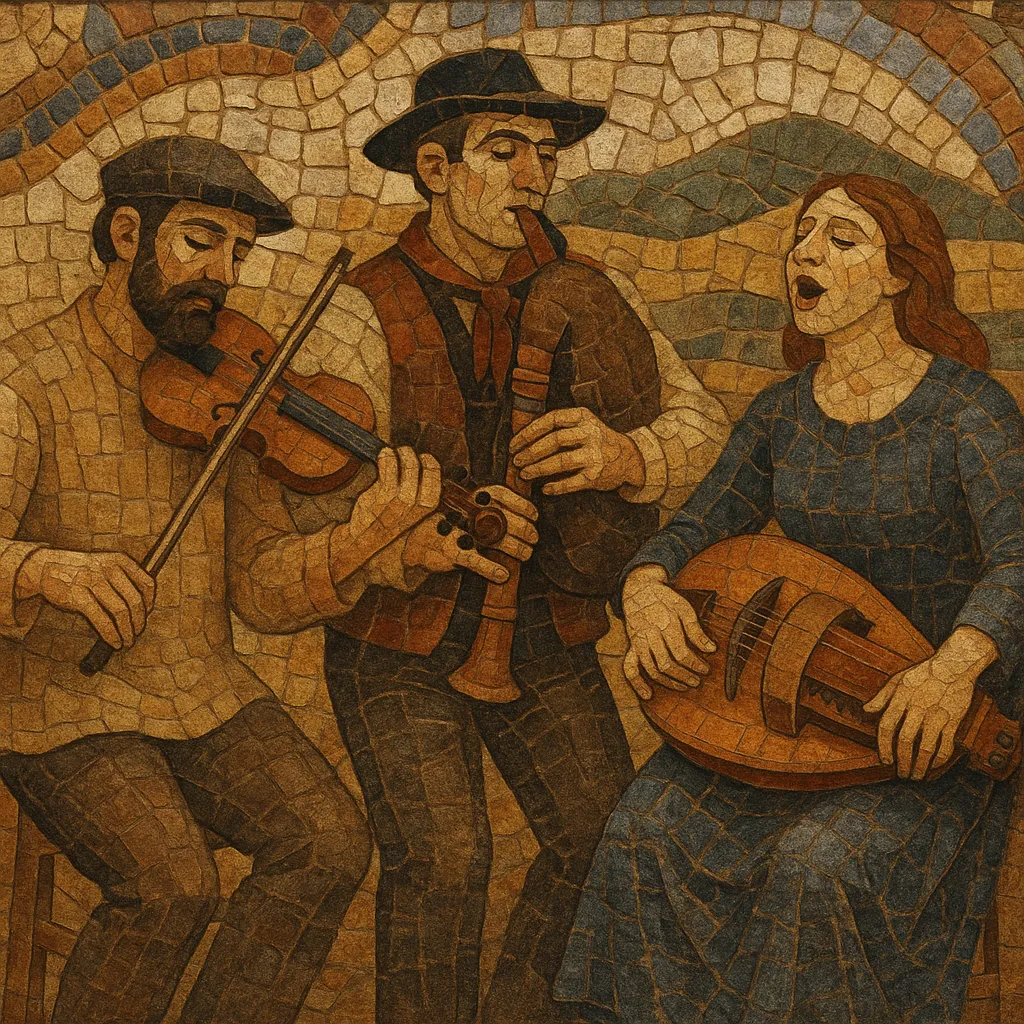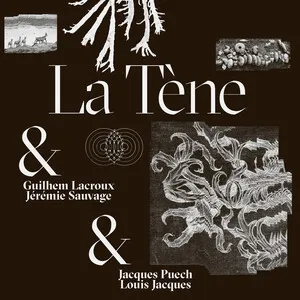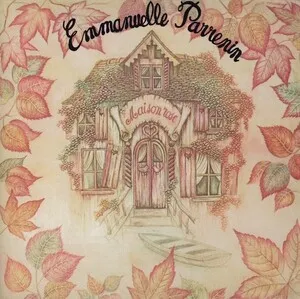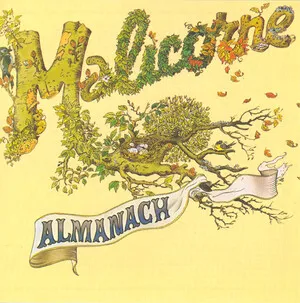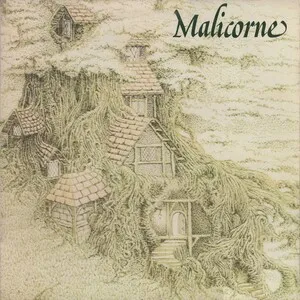Auvergnat folk music is the traditional music of Auvergne, a mountainous region in France’s Massif Central. It is best known for the bourrée (in two or three time), vigorous circle and line dances, and for the distinctive sound of the cabrette, a bellows-blown Auvergnat bagpipe.
The classic Auvergnat sound combines cabrette and hurdy-gurdy (vielle à roue) or diatonic accordion, often supported by violin, voice, and drone textures. Melodies tend to be modal (Dorian, Mixolydian), built around repetitive, dance-friendly phrases with subtle ornamentation and strong lift for the dancers’ steps. Song texts appear in French and in the local Occitan (Auvergnat) dialect.
Historically rural, the style later interfaced with urban dance fashions (polka, mazurka, waltz, schottische). The late-19th‑century migration of Auvergnats to Paris helped seed the bal musette scene, where Auvergnat pipes and central‑French dance repertory mingled with the Italian accordion—an encounter that would go on to shape French popular dance culture.
The roots of Auvergnat folk music lie in the rural dance and song traditions of Auvergne in the Massif Central. By the 18th century, bourrées and related circle/line dances were widespread at village festivities, accompanied by local pipes, fiddles, and the hurdy‑gurdy (vielle à roue). The repertory’s modal melodies and reliance on drones reflect deep, pre‑industrial layers of central French folk practice.
In the mid‑19th century the cabrette—Auvergne’s bellows‑blown bagpipe—was refined, gaining agility and projection suited to both outdoor fêtes and urban dancehalls. As Auvergnats migrated to Paris, pipe‑led dance bands met Italian accordionists, and the repertory absorbed fashionable polkas, mazurkas, waltzes, and schottisches. This cross‑pollination laid the groundwork for bal musette.
Auvergnat musicians such as cabrette players became fixtures of Parisian bals, where central‑French bourrées mingled with cosmopolitan dance rhythms. The resulting bal musette style, later dominated by accordion, owes a foundational debt to Auvergnat pipe bands and their dance repertories.
The post‑1968 and 1970s folk revival fostered renewed interest in regional traditions. Fieldwork, instrument making, and dance workshops led by ensembles and cultural centers (e.g., Les Brayauds) revitalized local styles, techniques, and repertoires. Contemporary artists balance archival fidelity with new composition and experimental approaches, ensuring the Auvergnat sound remains both rooted and alive on modern stages.

